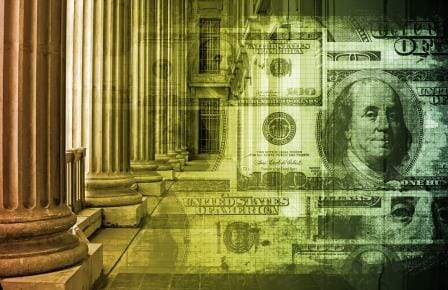The Luna Foundation is one of the ten largest Bitcoin holders worldwide, with a reserve of 80,373 BTC. The mechanism of burning and issuing coins through which that organization generates income has critics and defenders.
A recent purchase of Bitcoin (BTC) positioned the Luna Foundation Guard (LFG) among the ten largest Bitcoin holders worldwide. That non-profit organization claims to have 80,373 BTC reserves, equivalent to around USD 2.88 billion.
Do Kwon, the CEO of the LFG, is also the creator of the Terra network and the stablecoin TerraUSD (UST). He has said that he wants to turn the entity into the highest Bitcoin holder. The South Korean entrepreneur seeks to give economic support to his creation through the pioneering cryptocurrency.
The LFG revealed that it has USD 3.178 billion worth of crypto assets in its reserves. They include 90.7% in BTC, 4.3% in LUNA, 3.5% in Avalanche (AVAX), 0.8% in Tether (USDT), and 0.7% in USD Coin (USDC).
That Is How the LFG Obtained All That Money
In March, Adam Back, CEO of Blockstream, asked Do Kwon about USD 10 billion in BTC that the Luna Foundation Guard planned to buy. The American businessman wanted to know where the organization would get all that money.
The South Korean executive replied that they only had USD 3 billion at the time. However, he explained that a portion of the seigniorage would go toward building reserves in BTC as the UST monetary supply grew.
Unsatisfied with that answer, Back asked Kwon where the LFG had obtained the USD 3 billion they claimed to have. He wondered whether they were pre-mined tokens or tokens from an ICO whose value could suddenly drop to zero.
The founder of Terra explained they recently raised USD 1 billion and received about USD 1.2 billion for selling UST in exchange for USDT. The LFG had held the remaining USD 800 thousand in the cryptocurrency LUNA.
The Luna Foundation Guard Generates Income from Seigniorage
Seigniorage is the difference between the issuing cost of a currency and its face value. For example, if it costs a central bank USD 2 to produce a USD 5 bill, it earns USD 3. It is necessary to know the stablecoin UST and its counterpart LUNA work to understand how the LFG generates income from that profit.
In decentralized stablecoins such as DAI, collateral deposits must be in other cryptocurrencies that back their value. However, it is necessary to burn/destroy the US dollar equivalent of LUNA to issue UST. The opposite can happen, as it is possible to burn UST to emit LUNA, achieving price stability.
The price of UST might lose parity with the US dollar and become worth USD 1.50. That would incentivize LUNA holders to burn their tokens to buy cheap UST (always considered to be worth USD 1). When UST hits USD 1, they will earn a 50% profit.
If UST were worth USD 0.50, UST holders would receive an incentive to burn their coins for profit on LUNA. They could get units of that cryptocurrency at half price.
The above indicates that an entity with such a high amount of LUNA or UST could make a lot of money by seigniorage. In other words, the Luna Foundation Guard benefits from burning and issuing those coins.
By Alexander Salazar











